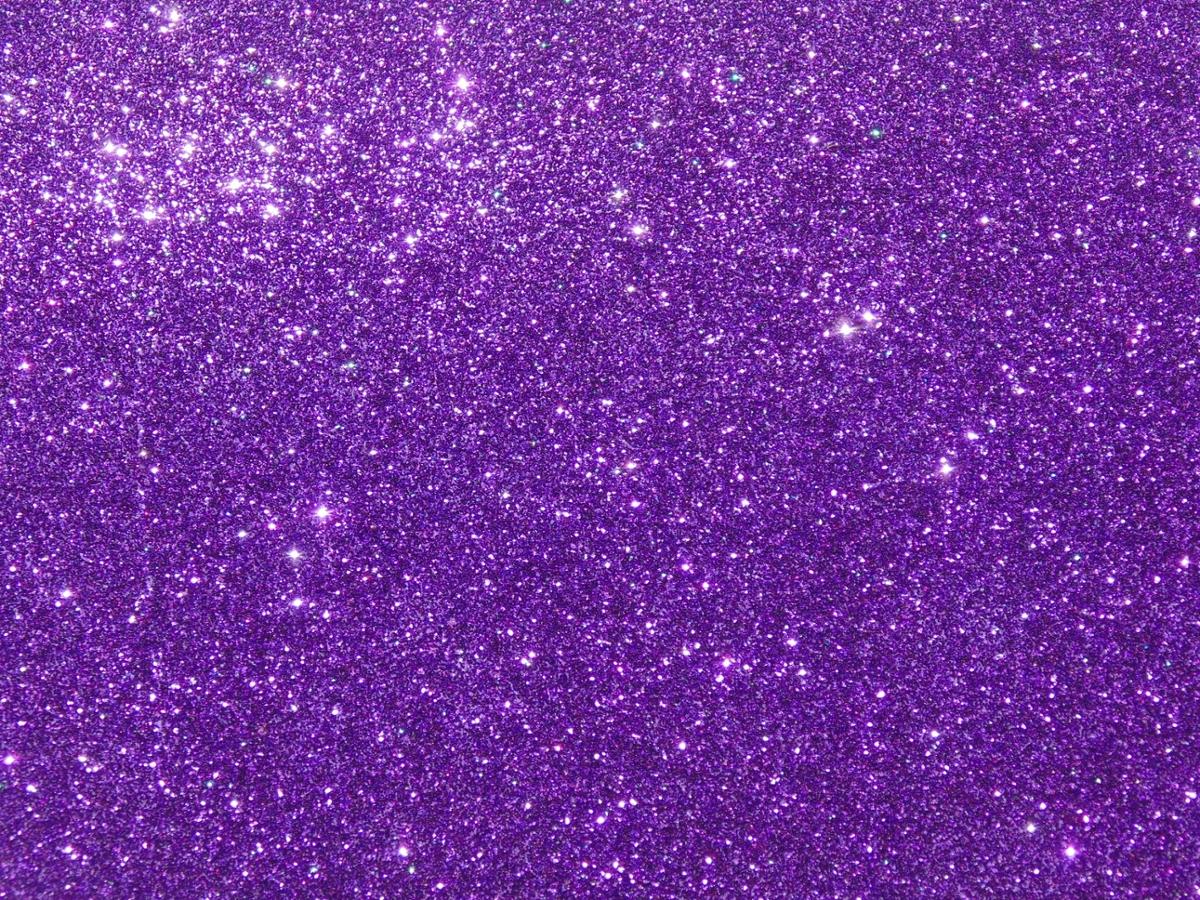Y: Don, you seem like you’re in a bad mood today. What’s the matter?
D: Well, Yaël, I just stopped by the craft store, and now I’m covered in glitter! I can’t stand this stuff. It gets everywhere, and it never seems to go away.
Y: You’re more right than you realize. Glitter, that beloved component of kids’ art projects everywhere, could actually be pretty bad for the planet. As a plastic, it’s going to stick around for hundreds of years before it decomposes, even though it’s tiny.
D: Oh, I see: you’re saying that glitter is a form of microplastic, a type of plastic that’s five millimeters across or smaller.
Y: Exactly. And glitter, as anyone who has found it clinging to the nooks and crannies of their clothing has realized, is usually much smaller than that—meaning it’s small enough to go through water filters and escape into our waterways. You can now find glitter and other microplastics floating in vast islands atop the ocean—but you can also find it in the currents of local streams and rivers. With glitter so ubiquitous, it’s quickly ingested by fish and other animals, eventually making its way back up the foodchain and entering our own bodies.
D: Yuck! I don’t want my dinner to sparkle.
Y: No need to worry about shimmery seafood yet. Scientists agree that more research needs to occur in order to really know the effects of glitter in the environment. But they are encouraging everyone to use glitter made from biodegradable materials, or to just use it less.
D: Hmm. I guess it’s true what they say: all that glitters is not gold.










